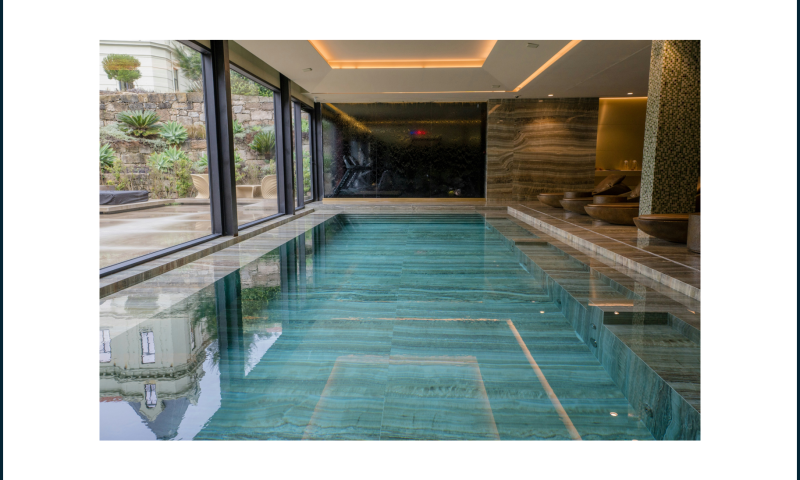
Key Considerations for Indoor Pool Dehumidification Design
Indoor pools create a challenging environment where moisture, poor air circulation, and improper water treatment can lead to bacteria growth and air quality issues. One major concern is chloramines, byproducts of chlorine disinfection that can accumulate when pool water is not properly treated. While not directly toxic to humans, chloramines contribute to poor indoor air quality and can accelerate the deterioration of surrounding materials and equipment.
To prevent these issues, it’s crucial to follow industry best practices and established guidelines, such as those from ASHRAE (American Society of Heating, Refrigerating, and Air-Conditioning Engineers). Partnering with leading pool dehumidification experts like Dectron and PoolPak that simplify the design process, ensuring that humidity control, energy efficiency, and system integration are properly addressed.
By utilizing the Natatorium Design Guide (Dectron for Montreal or PoolPak for Halifax, Moncton, Quebec City, Ontario), our team is equipped with the right tools to help you create a sustainable and effective indoor pool environment. Here are a few critical factors to consider in your next project:
Every pool environment is unique, and understanding key design factors is essential. Consider:
A well-planned approach ensures optimal air circulation and humidity control.
Different pool types require different dehumidification and temperature control strategies:
Designing with pool-specific needs in mind ensures comfort, efficiency, and durability.
Storing pool chemicals near HVAC and dehumidification systems can lead to corrosion and equipment failure. A dedicated chemical storage area is essential for protecting critical components.
Poor air distribution leads to uneven humidity control and stagnant zones, which can cause long-term structural damage. A well-designed air distribution system:
Indoor pool dehumidification systems run year-round, making energy consumption a significant factor. The key to an efficient system is:
Final Thoughts
Choosing the right pool dehumidification system isn’t just about removing moisture—it’s about ensuring total indoor air quality. A successful design takes a holistic approach, considering the entire natatorium environment, from air circulation to energy recovery.
By implementing these best practices, you can create a healthy, comfortable, and long-lasting indoor pool environment that meets industry standards and provides an optimal experience for users.